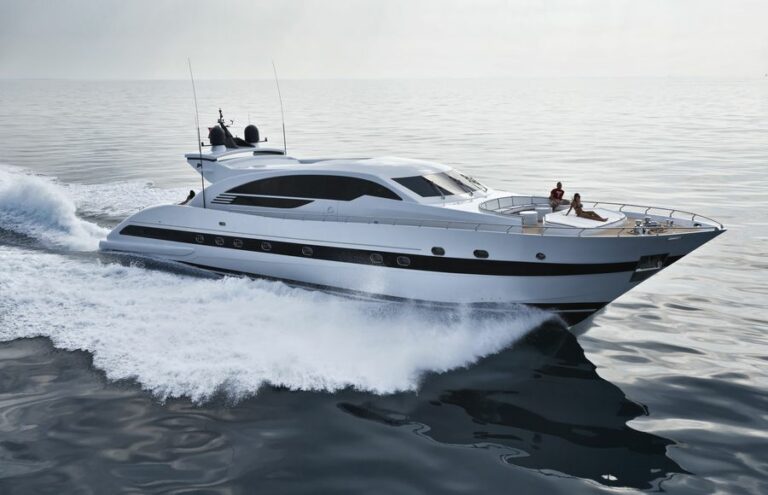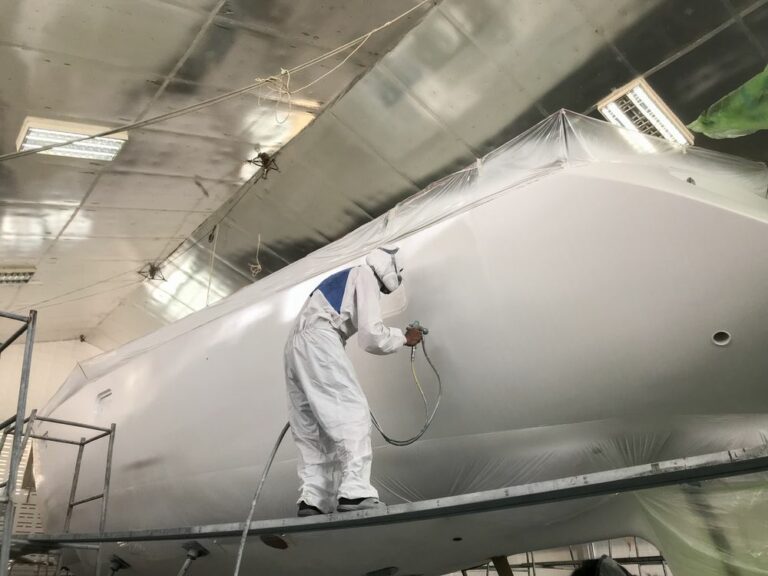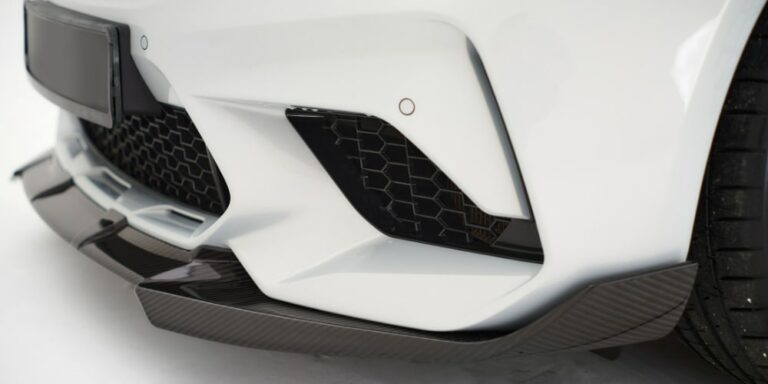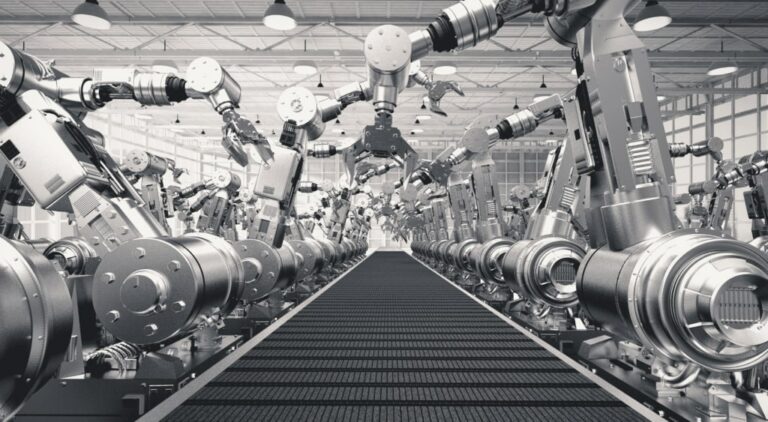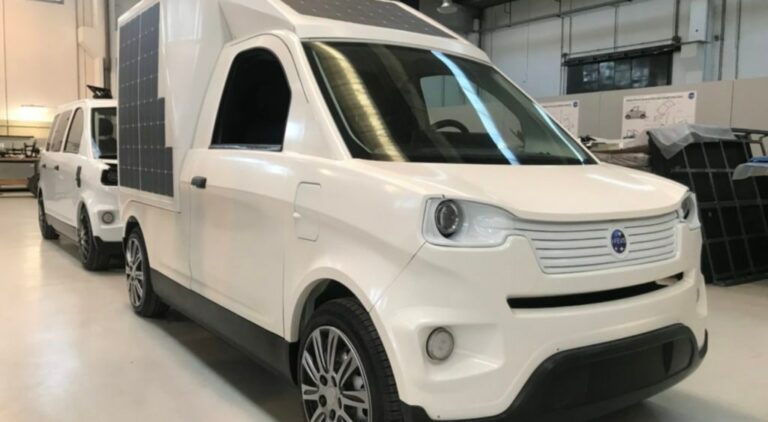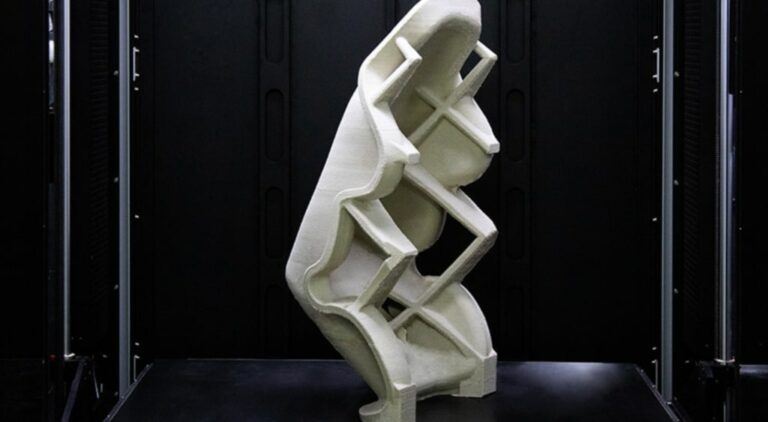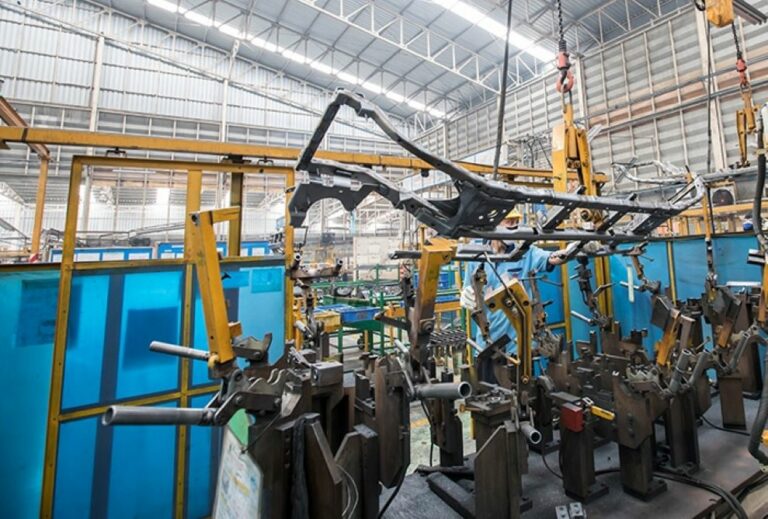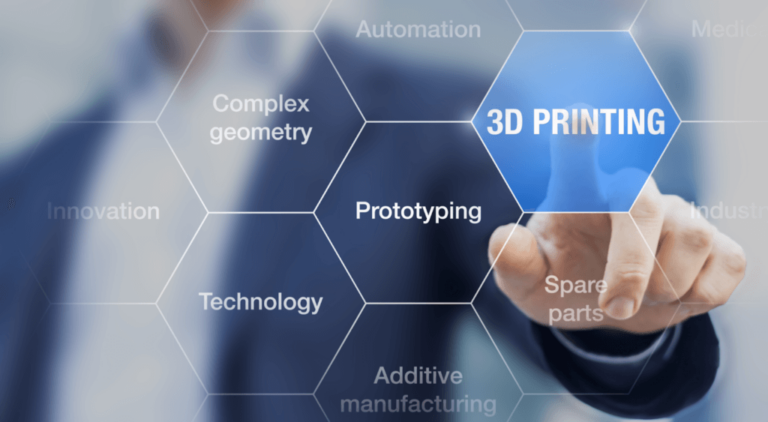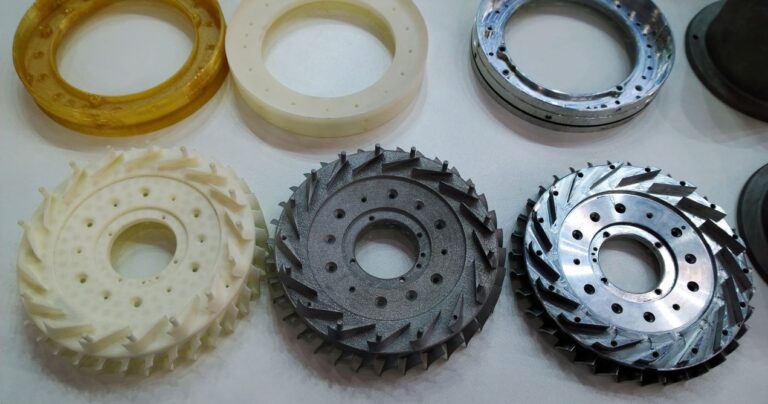Blog
At the forefront of boatbuilding innovation are advanced materials that push the boundaries of performance and design. Following our first blog exploring commonly used boatbuilding materials, we delve into more advanced materials, their unique properties and their transformative impact on boat construction.
The evolution of boat-building techniques is a testament to human ingenuity and the relentless pursuit of better ways to navigate the world’s oceans. From the humble dugout canoe to the sleek carbon fiber racing yacht, each advancement has pushed the boundaries of what is possible. Over centuries, boat construction has undergone a remarkable transformation, evolving from rudimentary crafts made from natural materials to sophisticated vessels incorporating the latest technological advancements. This 3-part boatbuilding blog delves into the latest techniques and materials boat builders use for contemporary boat manufacturing.
Imagine reducing production timelines, slashing inventory costs, and creating complex components with ease. These are just a few opportunities the aerospace industry can unlock with the power of large-scale 3D printing technology.
The automotive industry has always been at the forefront of material innovation. From the early days of steel and aluminum to today’s modern materials, it’s a sector that never stops evolving.
Quando si pensa al processo di costruzione di un’imbarcazione, una stampante è l’ultimo strumento che viene in mente di utilizzare. Tuttavia, la rapida innovazione della stampa 3D rende sempre più necessario disporre di una stampante 3D per far fronte alla concorrenza, alla domanda e per mantenere costi competitivi.
The aftershocks of recent supply chain disruptions still ripple through global industries, prompting manufacturers to rethink their strategies. As companies grapple with the fallout, one thing is clear: adaptability is paramount. Enter the era of industrial robots and workfloor automation, solutions that promise to buffer the effects of these disruptions, thereby ensuring manufacturing continuity.
In this article, we will delve deeper into the relationship between Industry 4.0 and additive manufacturing and explore how this technology is driving innovation and sustainability in the manufacturing sector. We’ll also discuss the role of academia-industry partnerships in advancing additive manufacturing, the impact of this technology on key industries, and the challenges and opportunities that lie ahead.
Electric vehicles (EVs) have gained significant popularity recently due to their efficiency and environmentally-friendly nature. One crucial aspect of EV advancements is the use of composite materials, which can make these vehicles lighter, stronger, and more energy-efficient. Using 3D printing, also known as additive manufacturing, to create composite parts (or molds for composite parts) provides many advantages to EV makers. With the potential to enable faster market penetration of electric vehicles as a whole, it’s no wonder that 3D printing has taken such a vital role in this revolution.
In the world of industrial 3D printing, topology optimization has been used as a powerful design tool for many years, enabling designers and engineers to create lighter, stronger, and more efficient structures with the help of additive manufacturing technology. By using mathematical algorithms to determine the optimal shape and layout of a part based on specific performance criteria, topology optimization allows for the creation of complex, organic geometries that would be impossible to produce using traditional manufacturing methods.
Jigs and fixtures are critical components in manufacturing, allowing for accurate and efficient production of parts. Traditionally, jigs and fixtures have been produced using CNC machining or manually welded and assembled, but now 3D printing is emerging as a viable alternative.
The maritime industry is experiencing a transformative shift due to emerging 3D printing technologies. Traditional boat manufacturing processes, marked by significant costs, long lead times, enormous waste, and design limitations, are gradually being displaced by innovative solutions that harness the potential of additive manufacturing.
3D printing, also called additive manufacturing, has revolutionized the manufacturing industry by enabling the production of complex designs in a range of materials.
No more posts to show


